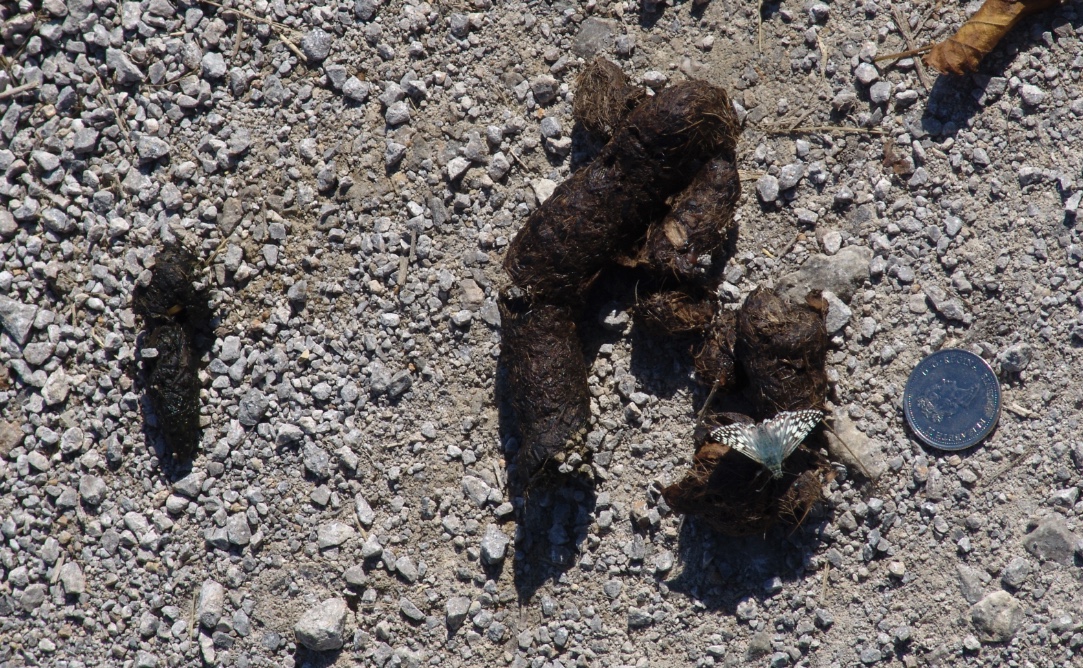Understanding Coyote Poop: What You Need To Know
Coyote poop can be a curious subject for many wildlife enthusiasts and nature lovers. Understanding what coyote feces looks like, its significance in the ecosystem, and the information it can provide about these elusive creatures can deepen our appreciation for wildlife. In this article, we will explore everything you need to know about coyote poop, including its appearance, what it can tell us about a coyote's diet and health, and how to identify it in the wild.
Whether you're a seasoned wildlife tracker or simply curious about what goes on in your local environment, this guide will equip you with the knowledge you need. From its distinct characteristics to its ecological importance, let's delve into the fascinating world of coyote poop.
Table of Contents
- 1. Appearance of Coyote Poop
- 2. What Coyote Poop Reveals About Diet
- 3. Health Indicators in Coyote Feces
- 4. How to Identify Coyote Poop
- 5. The Ecological Role of Coyote Poop
- 6. Coyote Poop vs. Other Canine Feces
- 7. Myths and Misconceptions about Coyote Poop
- 8. Conclusion
1. Appearance of Coyote Poop
Coyote poop is typically tubular in shape and can vary in size depending on the age and diet of the coyote. Here are some characteristics:
- Length: Usually between 4 to 10 inches long.
- Diameter: About 1 inch in diameter.
- Texture: Rough and often contains visible hair, bones, or plant material.
- Color: Generally dark brown to black, often lighter when fresh.
2. What Coyote Poop Reveals About Diet
The contents of coyote poop can reveal a lot about what these animals eat. Coyotes are opportunistic feeders, meaning their diet can vary significantly based on the availability of food sources. Typical items found in coyote feces may include:
- Small mammals (e.g., rodents, rabbits)
- Birds
- Insects
- Fruits and berries
By analyzing feces, researchers can determine the predominant food sources in a coyote's diet during specific seasons.
3. Health Indicators in Coyote Feces
Coyote poop can also serve as an important health indicator. The presence of certain materials or abnormalities can signal health issues:
- Parasites: Worms or eggs can indicate an infestation.
- Blood: May suggest injury or disease.
- Unusual content: Presence of excessive plant material can indicate dietary deficiencies.
4. How to Identify Coyote Poop
Identifying coyote poop in the wild is essential for wildlife tracking. Here are some tips:
- Location: Look for feces near known coyote habitats, such as dens, trails, or water sources.
- Shape and size: Compare with other canines to ensure accurate identification.
- Contents: Check for the presence of hair, bones, or plant matter.
5. The Ecological Role of Coyote Poop
Coyote poop plays a vital role in the ecosystem. It serves as a fertilizer that enriches the soil and helps in the dispersal of seeds, contributing to plant growth. Additionally, it provides food for other wildlife, such as insects and scavengers. Understanding this role emphasizes the importance of coyotes in maintaining ecological balance.
6. Coyote Poop vs. Other Canine Feces
To effectively identify coyote poop, it is helpful to compare it with feces from other canines:
- Dog Feces: Usually softer and shaped like a log; may contain fewer natural materials.
- Wolf Feces: Larger than coyote feces, often with more visible bones.
7. Myths and Misconceptions about Coyote Poop
There are many myths surrounding coyote poop that can lead to misunderstanding. Some common myths include:
- All coyote poop looks the same.
- Coyote feces is always harmful to humans.
In reality, coyote poop varies significantly based on diet and health and poses minimal risk to humans if proper hygiene is observed.
8. Conclusion
In this article, we've explored the fascinating topic of coyote poop, including its appearance, dietary insights, health indicators, and ecological significance. Understanding coyote feces can enhance our appreciation for these remarkable animals and their role in the ecosystem. We encourage you to observe wildlife responsibly and share your findings with others. If you found this information helpful, please leave a comment and feel free to share this article with fellow wildlife enthusiasts!
Thank you for reading! We hope this guide will encourage you to explore the wonders of nature further and return for more insightful articles.
The Inspiring Journey Of A Homeless Guy: Overcoming Adversity
Coconut Spider: The Fascinating World Of The Largest Spider Species
Happy Sweetest Day: Celebrating Love And Kindness

coyote scat feces with undigested wild seeds Stock Photo Alamy

Coyote Wildlife Illinois
![Coyote Poop 101 Identification & Dangers [with Pictures]](https://i2.wp.com/pestcontrolhacks.com/wp-content/uploads/coyote-poop.jpg)
Coyote Poop 101 Identification & Dangers [with Pictures]